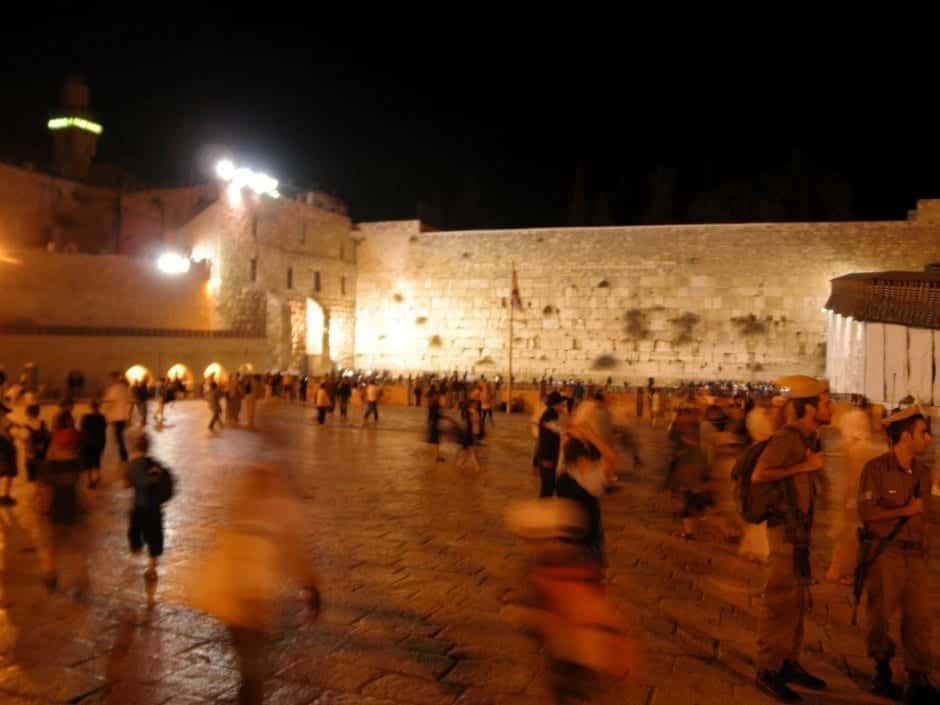 Please note: The photo of the Kotel was not taken on the Sabbath, as that is strictly prohibited.
Please note: The photo of the Kotel was not taken on the Sabbath, as that is strictly prohibited.
Jerusalem, the historic capital of Israel, is a city in conflict. Not just what one sees on the nightly news, but the city is in conflict with itself. Much of this conflict is centered around places more than people, and reminders of this are found throughout the city. Three of the most important of these reminders, the Western Wall, Church of the Holy Sepulchre and the Temple Mount are not just sites of historic importance, they are active participants in the ever-evolving character of the city. 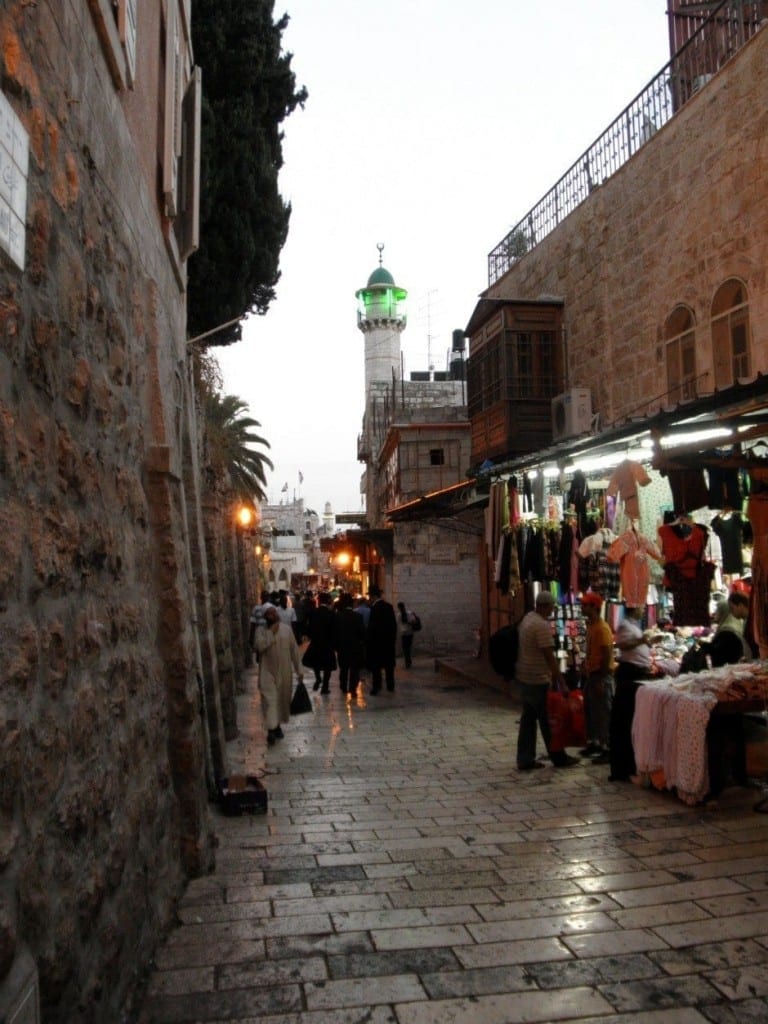
I first arrived in Jerusalem later than I had hoped, the sun was low in the sky, it was Friday and I desperately wanted to be at the Western Wall (Kotel) for the beginning of the Jewish Sabbath. I tossed my bags on the bed and raced towards the Old City of Jerusalem. Even though I have long studied the region, I was not prepared for the beauty, or confusion, of Jerusalem. The Old City, the historic heart of the city and indeed the nation, is walled with a series of gates offering entrance. Unfortunately, I’m directionally challenged and met my match with trying to discern the quickest route to the Kotel.
Then, out of the corner of my eye I saw them, rushing into the city through the Damascus Gate, two Orthodox Jewish men. I knew they were headed to the Kotel, so I followed them. Turns out they were fast,
very fast. Like a bad spy, I was huffing and puffing, gently shoving past oblivious bystanders to keep up with my new friends. My hunch paid off though and before I knew it, we were at the security station to enter the Western Wall area. After a bag check, I emerged from the tunnel into a large square and to my left, there it was, The Wall.
The sun had finally set and the giant wall, the remnants of the Second Temple, was illuminated by a series of floodlights. Occupying every square inch of the plaza were thousands of people, some lost in prayer and others laughing and dancing. This was it, the big event of the week and I was there. I stood there for a while, I’m not sure how long, just observing. Even though I was allowed to approach the Wall as a non-Jewish person, I decided not to intrude upon the observances of the faithful.
What surprised me more than anything was the excitement and joy at the beginning of the Sabbath. It was a great celebration for most of the people there. Of course there were the penitent praying at the wall, ignoring the revelers and instead showing their devotion to God. But so many more people, friends, families and strangers, were just out having a great time. At one point a group of Israeli soldiers all linked arms and started dancing in a circle, singing and laughing.
I eventually left the Western Wall, somehow bumbling my way through the labyrinthine souks and towards my hotel. More important than just seeing the Kotel, living the joy and celebration of the holy area was the best introduction to the city for which I could have hoped.
On Sunday I was awakened, like every day in Jerusalem, far earlier than I would have liked by the call to prayer emanating from the Mosque next door to the hotel. It wasn’t as annoying that particular day though, I wanted to be one of the first into the Old City.
People in Jerusalem aren’t early risers, that much can be said with certainty. I entered the city walls through the Lion’s Gate and was all alone in the souks, a slightly unnerving, but overall satisfying feeling. It was as if I had the whole city to myself. I’m not a terribly religious person, but I am spiritual and I do love history, both reasons made my walk along the Via Dolorosa an exciting adventure.
The Via Dolorosa, or Way of Suffering, is the supposed course Jesus followed as he carried his cross on the way to his crucifixion. The walk has been a site of pilgrimage for centuries, and I was eager to explore it. For as famous as it is though, it’s fairly confusing. After some missteps and wrong turns, I finished the route and arrived at the Church of the Holy Sepulchre, the ancient church built atop the site where Jesus died and was buried.
It was Sunday and the Church was a hive of activity. Adherents to several different branches of Christianity were all there, celebrating the Holy Day in their own, unique ways. It was exciting to see the variety and splendor of some of the observances. After wandering about the Church, I crossed the way to the Church of the Holy Redeemer to partake in one of the few English church services in the city.
The service was fine, honestly I could have been in Minneapolis or St. Paul, but for some reason it was important to me to be there. I wanted to participate in some of the spirituality I had seen so frequently throughout the city. I’m not sure I really achieved that, but it was an enjoyable morning.
Later that day I sought to complete the Triple Crown of religious sightseeing, the Temple Mount. Jerusalem remains a divided city and this is very evident on the Temple Mount. This area was once the site of the Great Temples and today is home to some of the most important locations in Islam. The Dome of the Rock and Al Aqsa mosque are both still actively used, and the entire Temple Mount area is governed by an Islamic council. Entry to the sacred mount is limited in comparison to other attractions in the city, which means long lines and lots of people.
While it was nice to be on the actual Temple Mount, I was a little disappointed that non-Muslims weren’t allowed in the mosques. Al-Aqsa I can understand, but the Dome of the Rock is important to all three religions and I had hoped to gain admittance. Still, it was a beautiful day and the large Mount area provides some amazing views. There were small prayer groups meeting and discussing the Qu’ran, thankfully oblivious to the loud and somewhat annoying tourists milling about. I left the Temple Mount feeling unfilled, but reminded of the fact that it is more than a tourist site, it is indeed a place of pilgrimage and worship.
The trifecta of Godliness was complete, I had seen some of the most important sites in world religion; structures and sites that are worshiped by millions in every nook and cranny on the planet. More than just showing up and snapping some photos, I participated in these sites, I experienced, at least a little bit, what these places mean to the faithful. That’s the true gift of traveling in Jerusalem, not just seeing things, but living them along with millions of others, feeling inextricably interconnected with thousands of strangers.
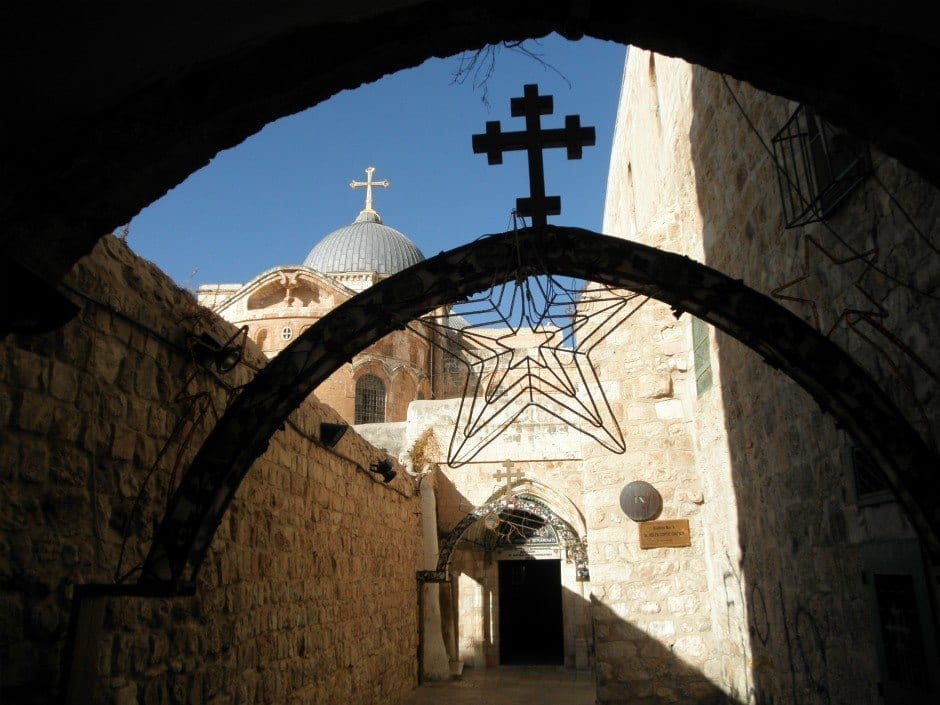
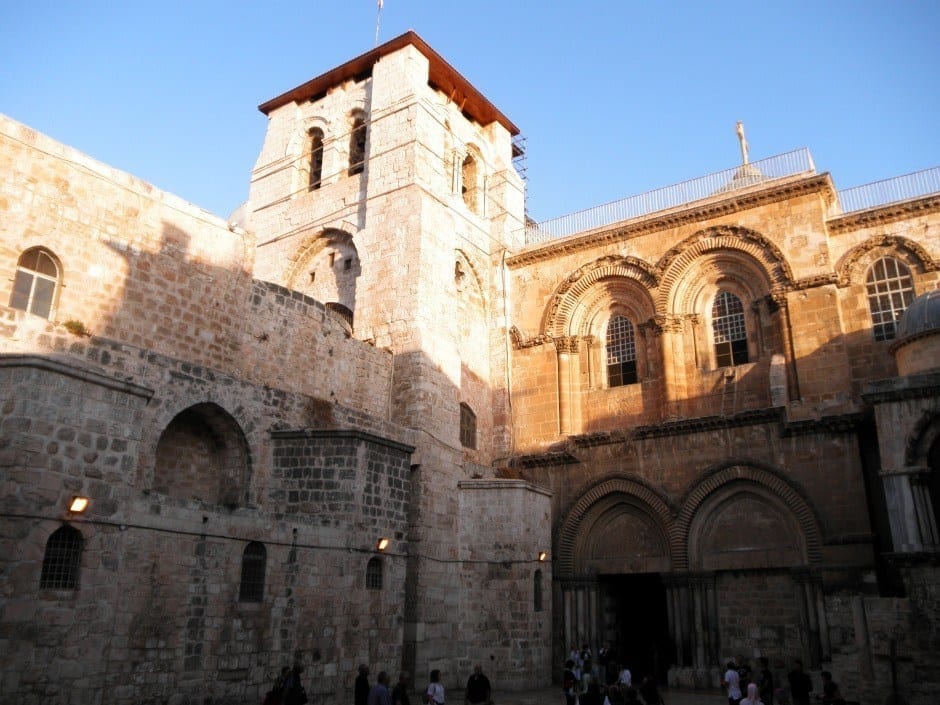
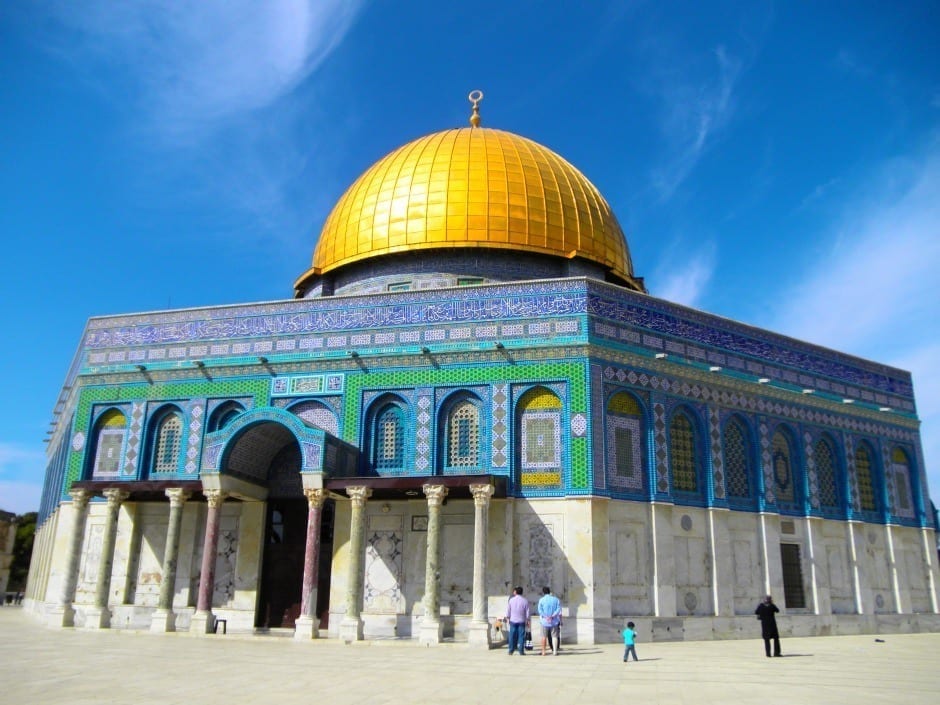

0 comments:
Post a Comment